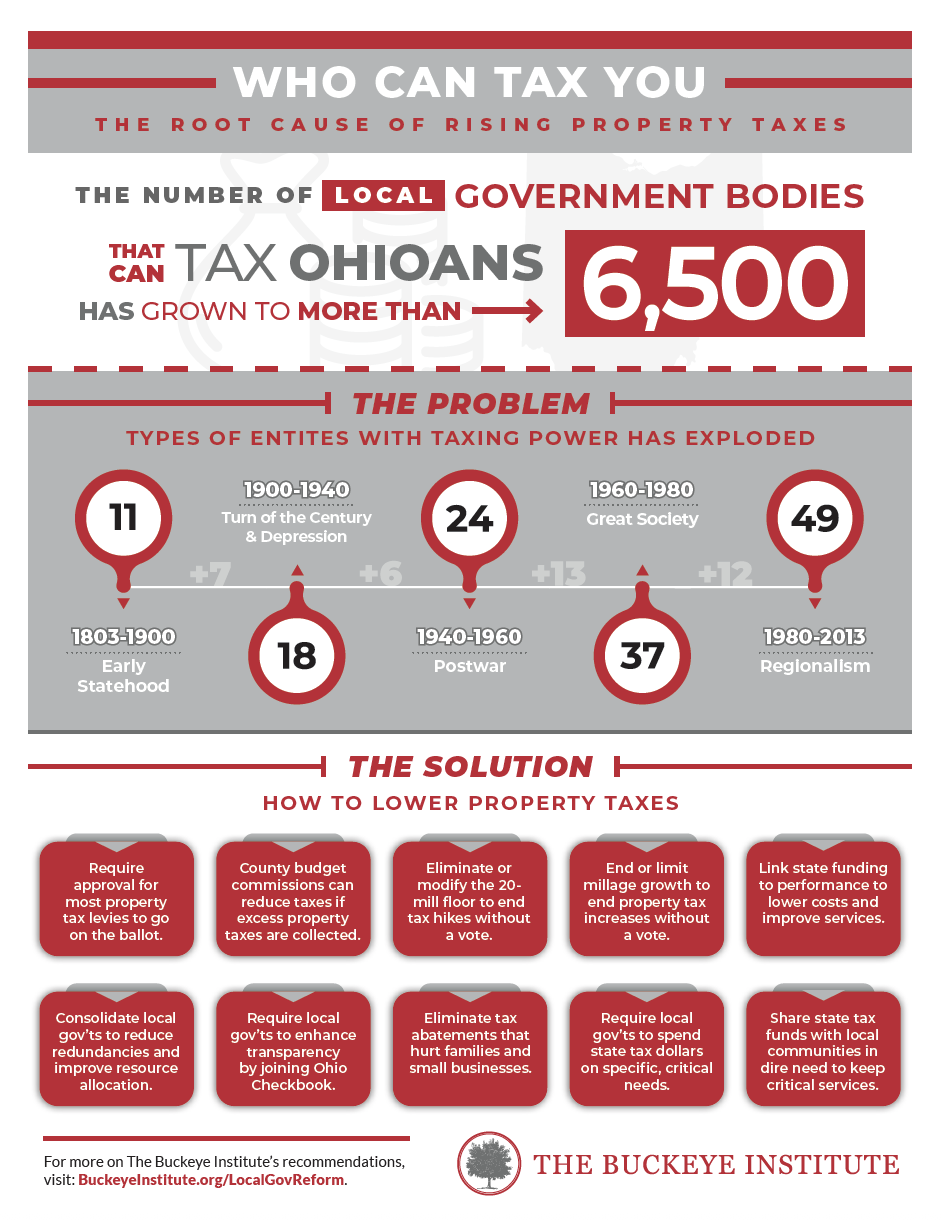|
|
Ohio’s Local Income Tax System |
The COVID pandemic exposed what The Buckeye Institute has long known—Ohio’s local income tax system is the worst in the nation and needs to be fixed so it is fair to Ohioans and ensures our cities can thrive.
The good news is that state and local policymakers can fix Ohio’s broken municipal income tax system and ensure vibrant and thriving communities by facing the challenges head on and addressing the deficiencies in a convoluted tax system that overwhelmingly relies upon collecting tax revenue from people who do not live in and cannot vote within that same municipality.
This taxation without representation scheme was based on the rationale that workers who commute for their jobs are relying upon that city’s services—police, fire, and other emergency services—while they are at work. With the movement toward telework, however, this original underlining rationale is no longer applicable or justified.
The shift to telework started long before the pandemic, revealing that Ohio’s system of taxing the income of nonresidents was outdated and needed to be addressed. The Buckeye Institute has highlighted potential remedies to this problem in its independent, nonpartisan research over the years.
Here are several Buckeye-recommended policy solutions and courses of action that will ensure Ohio’s cities can provide citizens with the services they demand while transitioning to a better, fairer local income tax system:
- Explore how growing, thriving cities like Atlanta, Charlotte, Indianapolis, Nashville, and Phoenix provide city services and create vibrant communities without taxing the income of citizens who do not live in those cities, and thus cannot vote in municipal elections. State and local leaders cannot continue to ignore the myriad ways in which Ohio’s local income tax system fails. Policymakers must begin to reform Ohio’s broken system;
- State lawmakers must eliminate unfunded mandates on local governments. Many costs that local governments face are the result of demands made by the state. Unfunded mandates must be eliminated in order for local governments to adhere to their budgets and meet the needs of their citizens;
- Maintain focus on core community needs like public safety and infrastructure. Cutting government spending on projects such as soccer stadiums, private retail development, and amphitheaters will put more money in the hands of citizens and enable them to spend more money, which in turn strengthens economic growth and leads to more vibrant cities;
- Create a system that offers greater state support to cities so that local residents know critical local needs such as public safety and infrastructure will be fully met regardless of local tax capacity;
- Pool local resources so that communities—particularly smaller ones—can provide services such as snow removal or fire department equipment that the communities could not otherwise afford; and
- Expand and strengthen local spending transparency by including local governments’ spending on the Ohio Checkbook website and promote the auditor of state’s Financial Health Indicators for local governments. Strengthening local government transparency will ensure citizens are able to hold their local elected officials accountable for spending decisions.
Click on the image to download the infographic.







